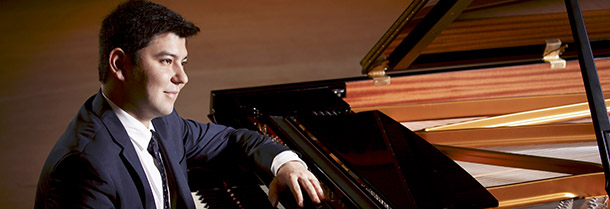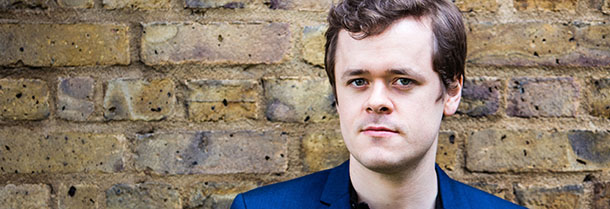Tag: Kreisleriana Op. 16
-

PROGRAM NOTES: BEHZOD ABDURAIMOV
Domenico Scarlatti Sonata in B minor K 27 Sonata in D major K 96 The 550-odd sonatas of Domenico Scarlatti are perhaps the most successful works to migrate from the harpsichord to the modern grand piano. Their transparent texture of simple two- and three-part keyboard writing has one foot in the imitative counterpoint of the…
-

PROGRAM NOTES: BENJAMIN GROSVENOR
Jean-Philippe Rameau Gavotte and Variations in A minor The modern pianist seeking to play the Baroque harpsichord repertoire faces many obstacles, starting with the friendly fire of his own trusty Steinway itself, so different in sound from the perky little plucked-string sound box for which this music was originally written. A note on the harpsichord…

